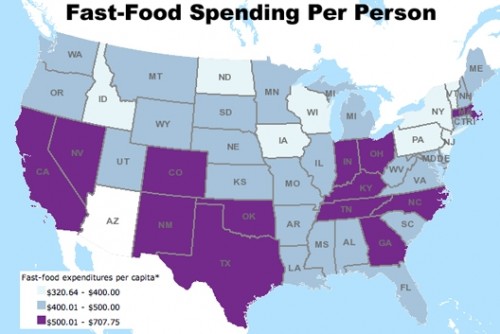All social movements try to frame issues in ways that benefit their cause. Controlling the discourse is an important step towards getting the outcome they want. Previously, we’ve posted about the way that activists against the genetic modification of food have nicknamed these foods, “frankenfoods.” Recently, Steven Foster, a student at Rensselaer Polytechnic Institute, sent us a pair of images questioning this rhetoric by comparing the imagery with the animals in question.
Frankenfish cartoon:
Images of genetically- and non-genetically-modified salmon:
While we don’t know whether anti-“frankenfood” activists are right about their concerns and it’s certainly true that these animals are genetically modified; it’s also clear that the visuals distort the facts (that is, the modified animals are not nearly as distorted as the cartoon implies). Thinking through how the tactics by which social movement actors try to influence discourse is a fun and useful application of the sociological imagination.
Lisa Wade, PhD is an Associate Professor at Tulane University. She is the author of American Hookup, a book about college sexual culture; a textbook about gender; and a forthcoming introductory text: Terrible Magnificent Sociology. You can follow her on Twitter and Instagram.















 (
( (
(






